10 Best Herbal Creams For Open Wounds
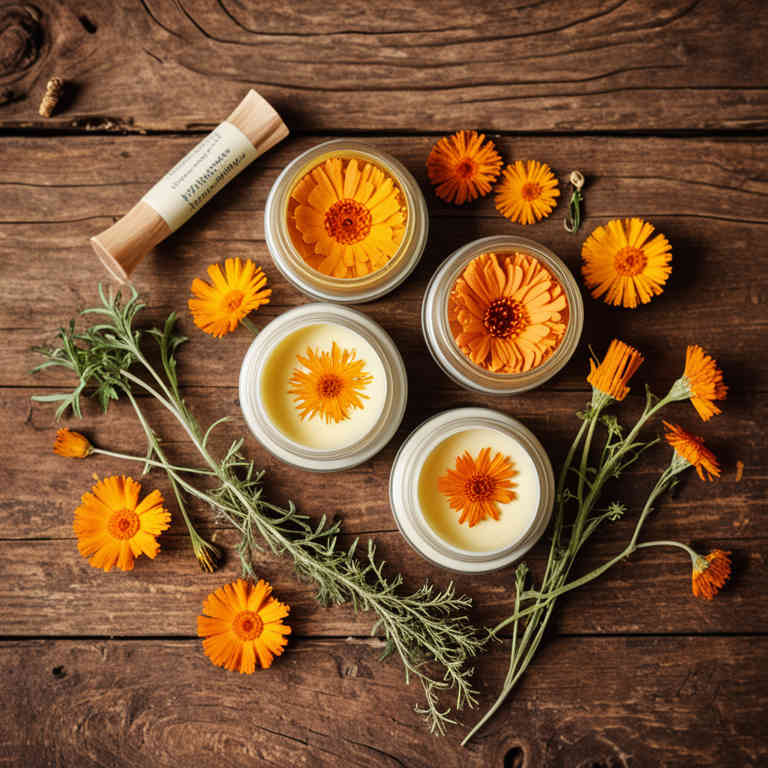
Herbal creams for open wounds are natural topical treatments that often contain ingredients like aloe vera, calendula, and chamomile, which are known for their soothing and anti-inflammatory properties.
These creams can help promote healing by reducing inflammation, preventing infection, and moisturizing the affected area. Unlike some synthetic products, herbal creams are generally less irritating and may be preferable for individuals with sensitive skin. However, it is important to ensure that the herbal ingredients are safe for use on open wounds and do not interfere with the healing process.
While they can be a beneficial complement to standard wound care, they should not replace professional medical treatment for severe or infected wounds.
FREE Herb Drying Checklist
How to make sure every batch retains maximum flavor, color, and aroma without the risk of mold or over-drying. Eliminate guesswork and trial-and-error, making herb drying faster, easier, and more efficient every time.
Table of Contents
1. Calendula officinalis
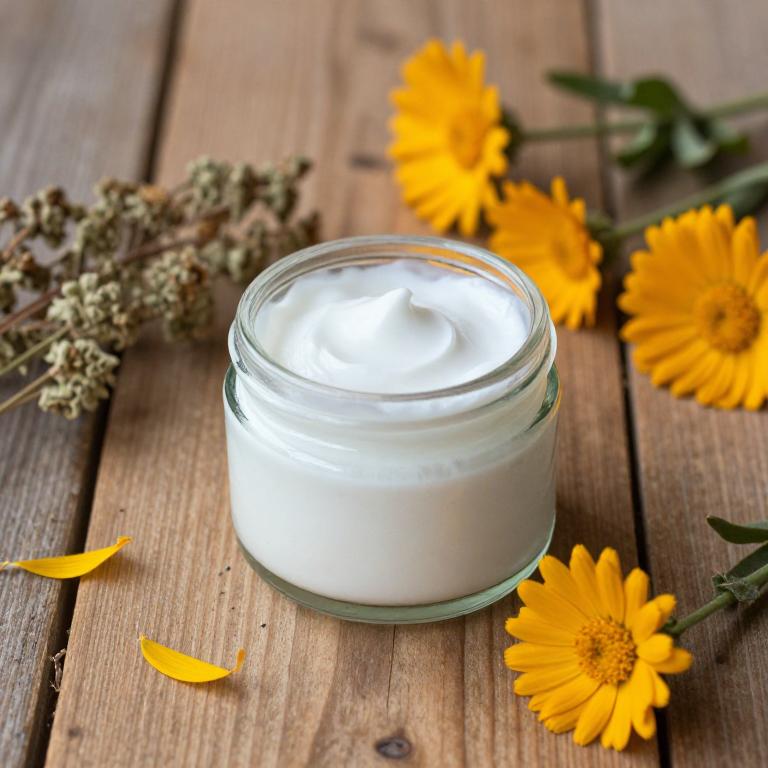
Calendula officinalis, commonly known as pot marigold, is often used in herbal creams for the treatment of open wounds due to its anti-inflammatory and antimicrobial properties.
These creams can help reduce redness, swelling, and infection risk in wounds by promoting a healing environment. The active compounds in calendula, such as flavonoids and triterpenes, support tissue repair and may enhance the body’s natural healing processes. While calendula creams are generally safe for topical use, individuals with allergies to plants in the Asteraceae family should exercise caution.
It is important to consult a healthcare provider before using calendula products on deep or infected wounds to ensure proper treatment and avoid potential adverse reactions.
2. Hypericum perforatum
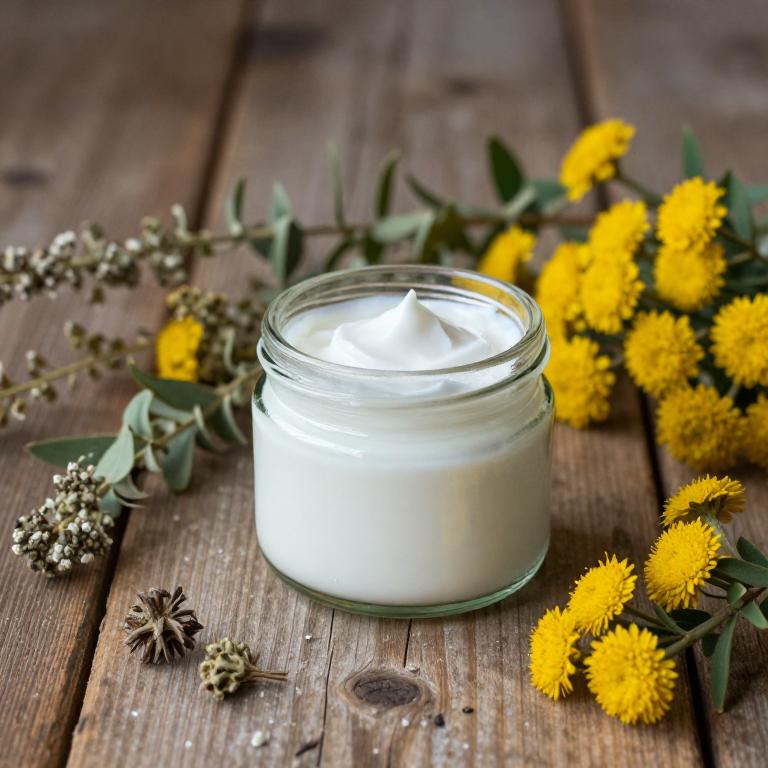
Hypericum perforatum, commonly known as St. John's Wort, is often used in herbal creams for the treatment of open wounds due to its anti-inflammatory and antimicrobial properties.
These creams can help reduce pain, swelling, and infection risk in wounds by promoting tissue repair and healing. The active compounds in Hypericum perforatum, such as hypericin and hyperforin, are believed to contribute to its wound-healing benefits. However, it is important to consult a healthcare professional before using these creams, especially if the wound is severe or shows signs of infection.
While some studies suggest potential benefits, more research is needed to fully understand its efficacy and safety in wound care.
3. Aloe barbadensis
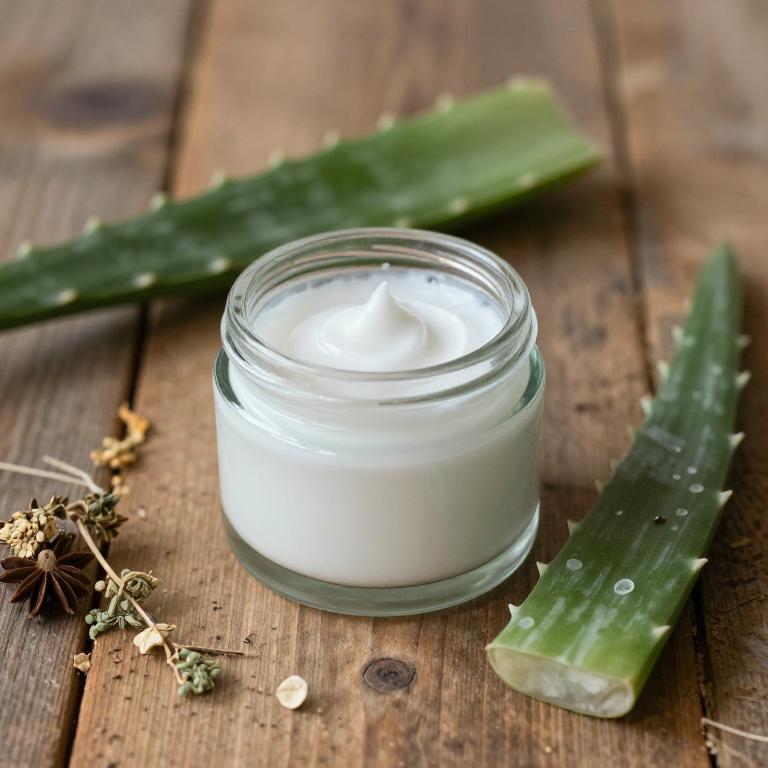
Aloe barbadensis, commonly known as aloe vera, is often used in herbal creams for open wounds due to its soothing and healing properties.
These creams contain aloe gel, which has anti-inflammatory, antimicrobial, and moisturizing effects that can help reduce pain and prevent infection. Aloe-based creams are particularly beneficial for minor cuts, burns, and abrasions, as they promote faster tissue repair and reduce scarring. The natural compounds in aloe vera, such as polysaccharides and enzymes, support cell regeneration and enhance the skin's natural healing process.
However, it is important to consult a healthcare professional for severe wounds to ensure proper treatment and care.
4. Symphytum officinale
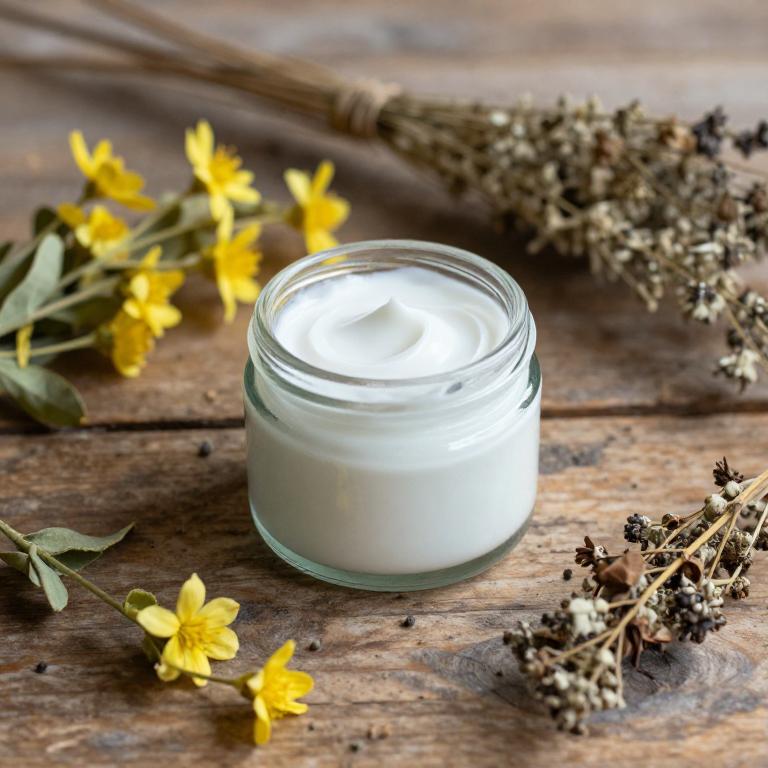
Symphytum officinale, commonly known as comfrey, is often used in herbal creams for the treatment of open wounds due to its purported ability to promote tissue repair and reduce inflammation.
These creams typically contain a combination of comfrey extract and other natural ingredients that are believed to enhance the healing process by stimulating cell regeneration and improving blood circulation to the affected area. While some studies suggest that comfrey may aid in wound healing, it is important to note that the herb contains allantoin, which can potentially cause skin irritation or allergic reactions in some individuals. As a result, it is generally recommended to use comfrey-based creams under the guidance of a healthcare professional, especially for more severe or chronic wounds.
Despite its traditional use, the safety and efficacy of comfrey in modern wound care remain subjects of ongoing research and debate.
5. Echinacea purpurea
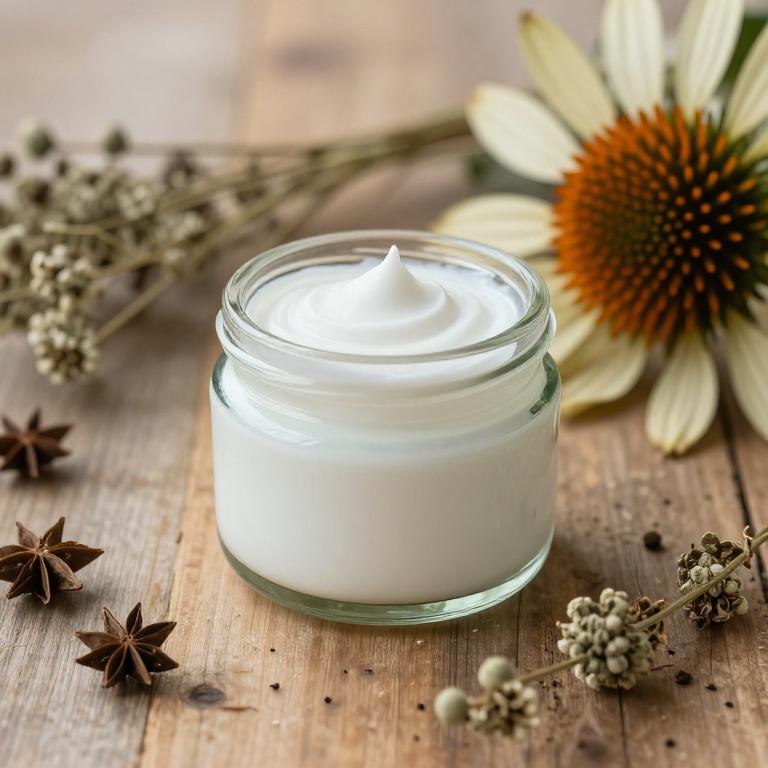
Echinacea purpurea, commonly known as purple coneflower, is often used in herbal creams for its potential anti-inflammatory and antimicrobial properties.
These creams may help promote healing in open wounds by reducing infection risk and supporting tissue regeneration. While some studies suggest that echinacea can enhance immune response, its effectiveness in wound healing remains a topic of ongoing research. Herbal creams containing echinacea are typically applied topically, and they may be used as a complementary therapy alongside standard medical treatments.
However, individuals should consult with a healthcare provider before using echinacea-based products, especially if they have allergies or are taking other medications.
6. Urtica dioica
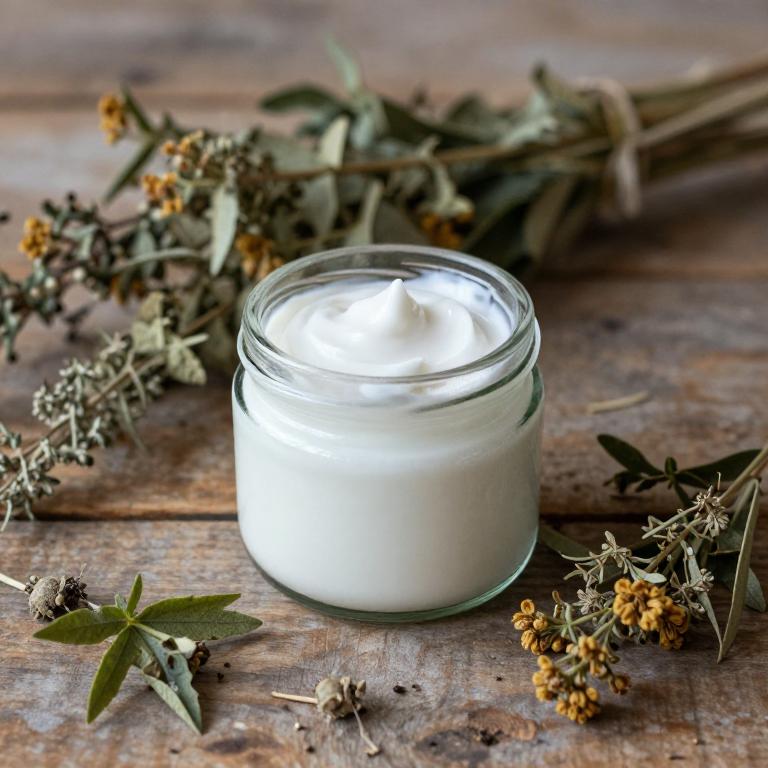
Urtica dioica, commonly known as stinging nettle, is often used in herbal creams for open wounds due to its anti-inflammatory and astringent properties.
These creams may help reduce swelling, promote healing, and prevent infection by creating a protective barrier over the wound. However, it is important to note that while some studies suggest potential benefits, there is limited scientific evidence supporting the efficacy of stinging nettle in wound healing. Additionally, the plant can cause skin irritation or allergic reactions in some individuals, so caution is advised when using such products.
Always consult a healthcare professional before applying any herbal remedy to an open wound.
7. Cnicus benedictus
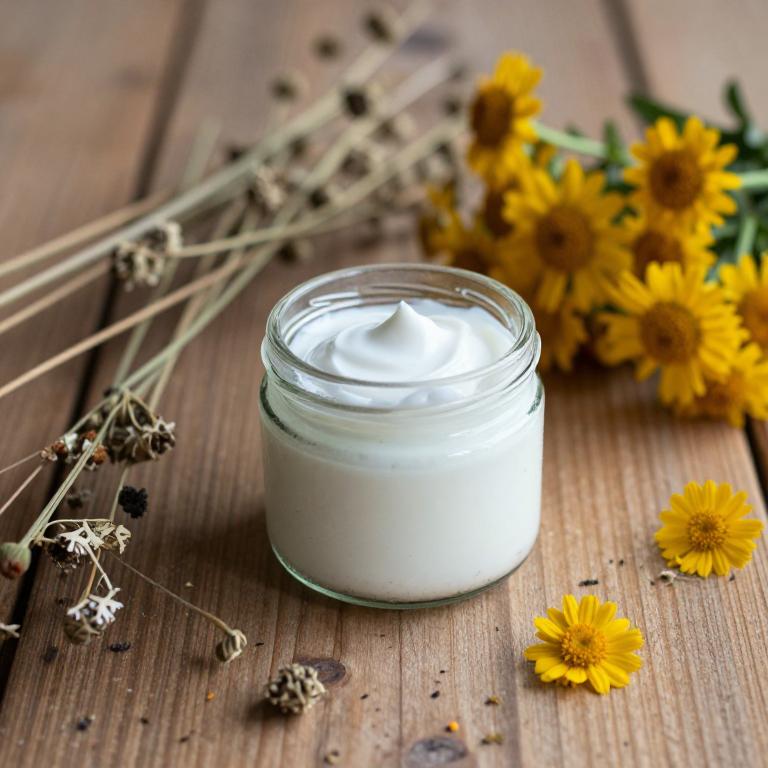
Cnicus benedictus, commonly known as blessed thorn, has been traditionally used in herbal medicine for its potential wound-healing properties.
Herbal creams infused with Cnicus benedictus are believed to promote tissue regeneration and reduce inflammation in open wounds due to the presence of bioactive compounds such as flavonoids and tannins. These creams may help in preventing infections and accelerating the healing process by stimulating collagen production and improving skin cell turnover. However, it is important to consult a healthcare professional before using such creams, especially for severe or infected wounds.
While preliminary studies suggest promising results, more clinical research is needed to fully understand its efficacy and safety in modern medical practice.
8. Zingiber officinale
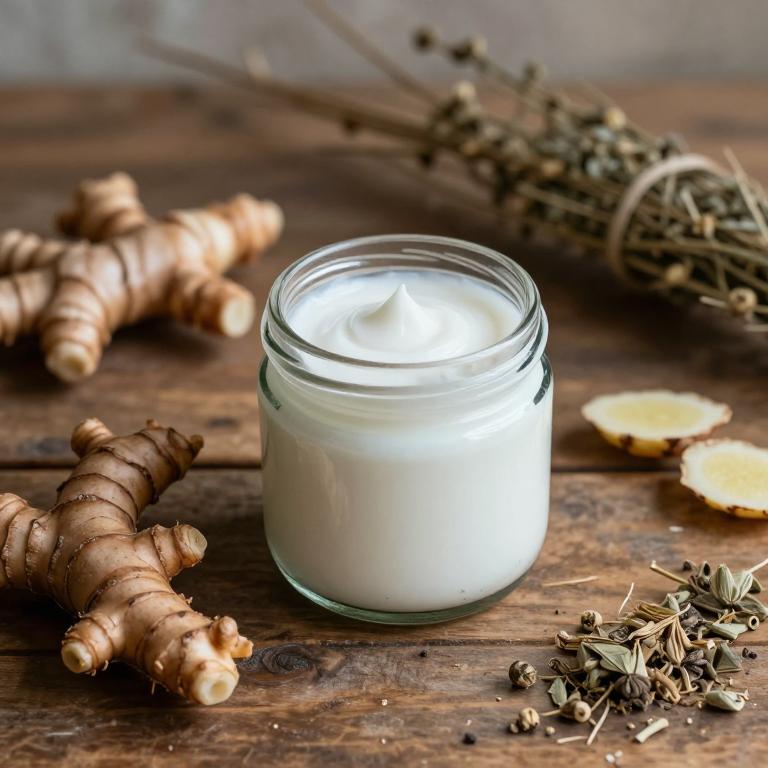
Zingiber officinale, commonly known as ginger, has been traditionally used for its anti-inflammatory and analgesic properties, and recent studies suggest that ginger-based herbal creams may offer benefits for the management of open wounds.
These creams typically contain extracts of the rhizome, which are rich in bioactive compounds such as gingerols and shogaols, known to promote tissue regeneration and reduce oxidative stress. When applied to open wounds, ginger herbal creams may help reduce inflammation, prevent infection, and accelerate the healing process by enhancing blood circulation and cellular repair. However, while some anecdotal evidence supports their use, more clinical research is needed to fully establish their efficacy and safety in wound care.
As with any topical treatment, it is advisable to consult a healthcare professional before using ginger-based creams on open wounds, especially if there is a risk of infection or underlying health conditions.
9. Sutherlandia frutescens
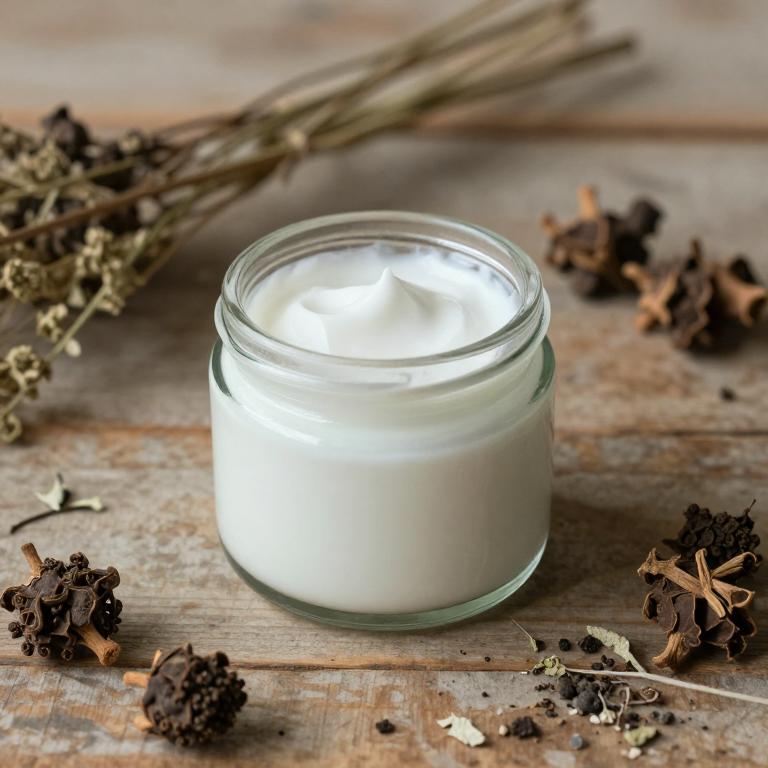
Sutherlandia frutescens, also known as "cancer bush," is a traditional South African herb that has been used in herbal medicine for various purposes, including the treatment of open wounds.
Herbal creams containing Sutherlandia frutescens are believed to possess anti-inflammatory and antimicrobial properties that may aid in the healing process of wounds. These creams are often used topically to reduce pain, swelling, and the risk of infection in open wounds. While some preliminary studies suggest potential benefits, more research is needed to fully understand their efficacy and safety.
As with any herbal remedy, it is important to consult a healthcare professional before using Sutherlandia frutescens creams, especially for severe or chronic wounds.
10. Plantago major
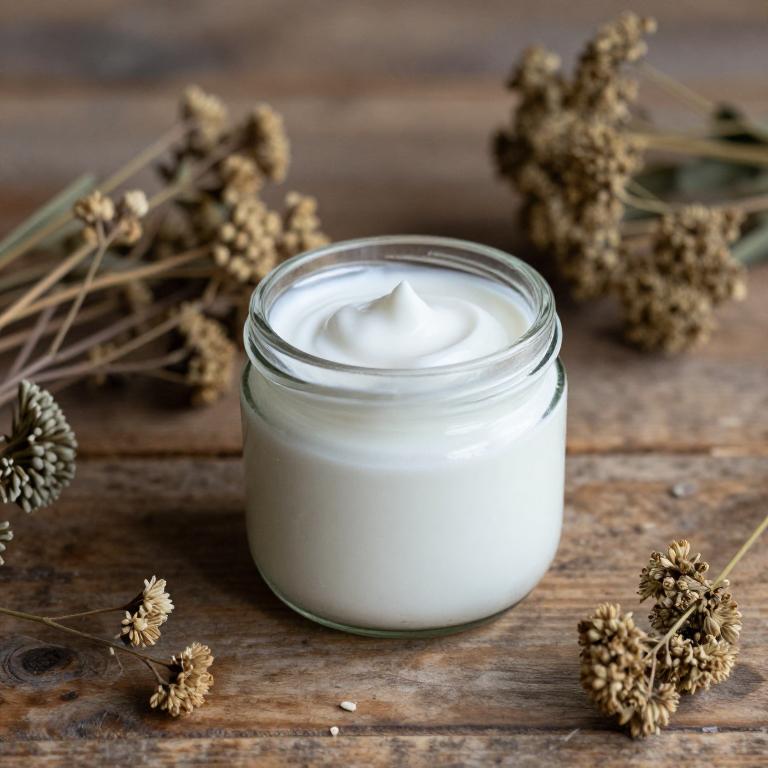
Plantago major, commonly known as broadleaf plantain, is a versatile herbal remedy often used in the formulation of topical creams for open wounds.
These creams are typically enriched with the leaves of Plantago major, which contain anti-inflammatory, antimicrobial, and soothing properties that aid in the healing process. The active compounds, such as aucubin and allantoin, help reduce inflammation, promote tissue regeneration, and protect the wound from infection. When applied to open wounds, Plantago major herbal creams can help accelerate healing, alleviate pain, and reduce the risk of scarring.
Due to their natural composition, these creams are often preferred by individuals seeking alternative or complementary treatments for minor to moderate wounds.